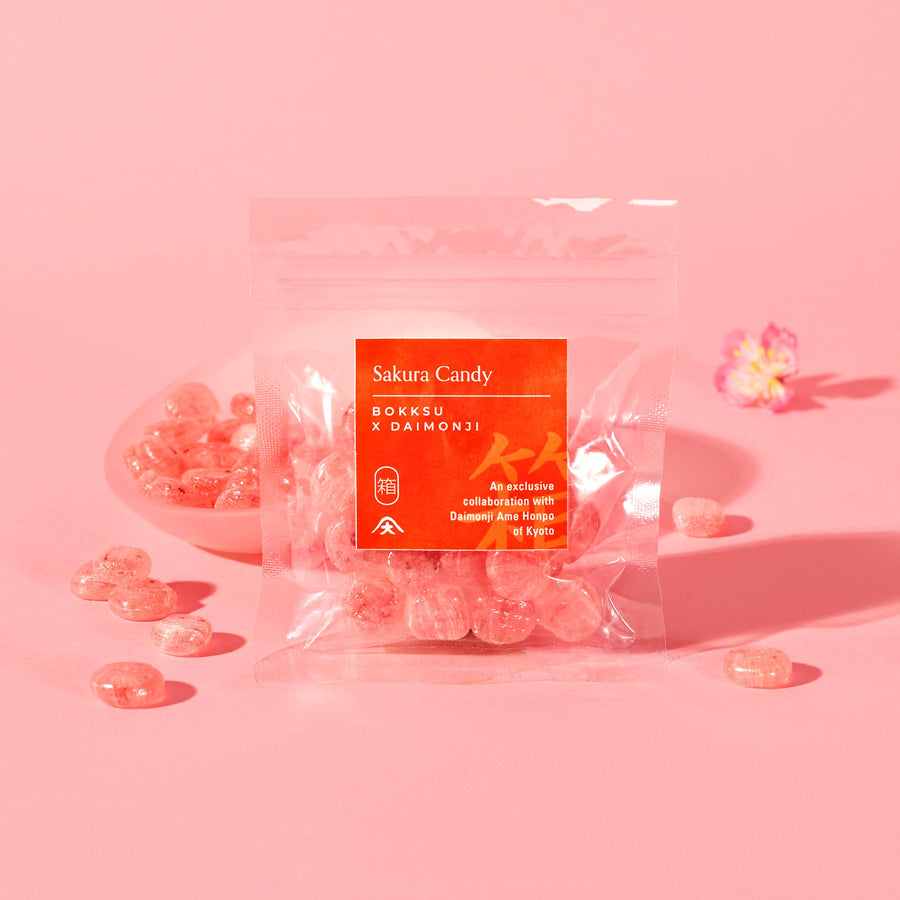The Best of Akita: From Ancient Festivals to Natural Wonders
Great scenery, hot springs, beautiful women, and exciting adventures. Akita Prefecture, Japan, has all the makings of a perfect destination for your next vacation. In this travel guide, we’ll explore all of the attractions and activities to enjoy in Akita. Feel free to take notes!
Introduction to Akita

Akita is a prefecture in the Tohoku region of northern Japan. More specifically, it sits in the Tōhoku region of Japan’s largest and most inhabited island, Honshu. Akita shares borders with the Sea of Japan, to the west, and four other prefectures. These prefectures are Aomori (north), Iwate (east), Yamagata (south), and Miyagi (southeast). The largest city and capital of Akita Prefecture (or Akita-Ken) is also called Akita (or Akita-Shi).
The prefecture is famous for its abundant natural attractions, including mountainous landscapes, rustic hot springs, and beautiful coasts. Tourists can see cherry blossoms in the spring, stunning landscapes in the summer, maple leaves in the autumn, and snowy mountains in the winter. Akita Prefecture is also known for its rich history, including a well-preserved samurai district. In this post, we’ll reveal details about all of the famous natural attractions, cultural landmarks, and fun activities in the prefecture and its capital city.
Akita's Natural Attractions

Akita is home to some of the most breathtaking natural attractions in Japan. One of the most popular gifts of nature in the prefecture is Lake Tazawa, Japan's deepest lake. With a depth of 423 meters, Lake Tazawa’s clear blue water is a beauty to behold. The lake’s water is so clear that you can see fish swimming in it. Located in Semboku City, Akita, the hills above this lake are lined with several onsen (hot spring resorts), offering luxury relaxation to local and foreign explorers.
Shirakami-Sanchi is another famous natural attraction in Akita. This is a wilderness area that covers one-third of the Shirakami mountain range. It’s also home to the largest existing virgin beech forests in eastern Asia. Shirakami-Sanchi is more than just a tourist destination; it is also a UNESCO World Heritage Site that holds the remnants of the Siebold's beech trees that once existed in abundance across the mountains and hills of northern Japan.
Another natural beauty in the region is the Taihei River, which is famous for the 200 cherry blossom trees that line its banks. The area surrounding the river serves as a venue for sakura festivals. Thanks to Akita’s position on the coast of the Sea of Japan, the region boasts many beautiful beaches, including Oganishi Beach, Unosaki Beach, and Kisakata Beach.
Cultural Highlights of Akita

Tourists interested in learning more about the history and culture of the country will find that Akita is a treasure trove of cultural activities that embody Japanese heritage. If you find yourself in Akita City in early August, you should attend the Kanto Matsuri. This festival features a breathtaking display of performers balancing long bamboo poles (kanto) on their heads. Paper lanterns are attached to the ends of the bamboo sticks. Another must-see cultural activity is the traditional Namahage ritual. During the event, young men dress as deities and wear demonic masks with straw capes to bring good fortune to the homes they visit.
Outside of festivities, Akita is often linked to certain cultural phenomena and elements. One of them is rice farming. The prefecture is home to some of the biggest rice producers in the country, including Akita Komachi and Hitomebore. Akita is also famous for sake brewing and consumption. In fact, no other region in Japan consumes as much of the beverage.
If you’ve ever heard of the Akita dog, you may want to know that the common belief is that they originated from the prefecture; hence, they share the same name. Akita also has a reputation for housing some of the most beautiful Asian women in the world. The legendary Akita bijin, or “”Beauties of Akita,” is a term referring to the women in Akita who are said to have many desirable traits, including milky white skin, well-rounded faces, and high-pitched voices.
Things to Do in Akita City

Let's dive into our comprehensive guide to the top activities in Akita City, the prefectural capital. The following are the best things to do in the city:
-
Visit the Akita Museum of Art: Any lover of contemporary art in Akita City should definitely stop by this museum. Its main building was designed by the famous architect Ando Tadao. Inside, you’ll find art works from the Western-style collection of Leonard Foujita (AKA Fujita Tsuguharu), one of the most famous painters in the country. The museum also houses the works of Hirano Masakichi and temporary exhibitions created by local artists.
-
Explore Senshu Park: Located in the center of Akita City, this park is a must-visit for all tourists in the area. The park is filled with all kinds of flowers that reflect the changing seasons. It also contains the ruins of Kubota Castle, an Edo-period structure that served as the home of a powerful samurai clan.
-
See the Michi-no-Eki Akita Port: This port surrounds the Port Tower Selion, a major landmark in Akita City. The tower has a 100-meter observation deck that offers a nice panorama view of the rest of the city.
-
Shop at Akita Public Market: The market is the best spot to buy fresh seafood and other local products. Located close to JR Akita Station, the 80+ shops that make up the market are easily accessible to visitors. Feel free to eat at any of the dining areas or order takeout.
-
Check out Omoriyama Zoo: Also known as "Milve," this zoo has been operating since July 1967. There are over 114 animal species to see at the zoo, including the red panda, bactrian camel, prairie dog, Japanese macaque, and Japanese racoon dog.
Culinary Journey Through Akita

Akita is one of the best places in Japan to enjoy rice dishes. The most famous of them all is kiritanpo nabe, a comforting hot pot dish made with pounded rice (tanpo). The dish originated in Odate City, Akita. Most specialty restaurants in the prefecture use soup stock derived from hinai-jidori chicken, scallions, water celery, and maitake mushrooms to make kiritanpo nabe. Another famous rice dish in Akita is miso tanpo, which consists of sweet miso on tanpo rice.
Rice is more than food in Akita. It can also take the form of alcoholic beverages. The region's renowned sake (Japanese rice wine) breweries take advantage of the “soft water” in Akita to produce delicate and mellow-tasting sake. Doburoku is another rice-based alcoholic drink that’s famous in the area. It’s made by fermenting malted rice, regular rice, and water.
Outdoor Adventures in Akita

If you’re looking for outdoor activities to enjoy, hiking is your best bet. Akita has a lot of mountainous regions that are perfect for lovers of outdoor fun. We strongly recommend that you go to Towada-Hachimantai National Park. It consists of the regions around Lake Towada and the Hachimantai mountain range. You get to see its main attractions while exploring the park, including Mount Hakkoda, Lake Towada, and Hachimantai.
Shirakami Sanchi is the next great option for some outdoor entertainment. This site has multiple hiking trails that hikers can use to explore its various natural attractions. The most famous of these attractions are Anmon Falls, Juniko, Nihon Canyon, Mount Futatsumori, and Tanashiro Swamp. During the winter, the mountains of Akita become popular venues for snow sports such as skiing and snowboarding.
Akita's Hidden Treasures: Off-the-Beaten-Path Experiences"

So far, we’ve focused on the most famous spots in Akita Prefecture. However, there are several lesser-known attractions and activities in the region. Stop by the secluded Oga Peninsula, which lies in the westernmost part of the prefecture. It overlooks the Sea of Japan and serves as the only place to experience Namahage culture in Japan. There are two large Namahage statues at the entrance to the peninsula, and you’ll find people dressed like the mythical ogres throughout the city.
Kakunodate is a former castle town and samurai district that has been turned into a tourist site in modern-day Japan. Not much has changed in the town since its opening in 1620. However, the main castle no longer exists. This is a great place to learn about samurai lifestyle and architecture or see weeping cherry trees (shidarezakura).
Akita’s Festivals and Events

Akita is famous for having a long list of annual festivals and events that take place throughout the year. The Akita Kanto Festival is perhaps its most famous one. It occurs in August 3–6 and features a highly entertaining display of lantern-balancing acts. The last day of August is typically reserved for what many believe to be the “Olympics of Fireworks” in Japan. The best pyrotechnicians come together in Daisen to compete for the Prime Minister’s Award and the right to call themselves the best fireworks experts in Japan. Other famous festivals that take place in Akita Prefecture are Senboku’s Paper Balloon Festival (mid-February), Namahage Sedo Festival in Oga Peninsula (mid-February), Yokote Kamakura Festival in Yokote City (February 15-16), and Senshu Park Sakura Festival (late April).
Travel Tips and Practical Information for Visiting Akita

To help you prepare for your trip, we’ve created a list of practical travel tips for visitors to Akita. Keep the following tips in mind:
-
If you can choose when you travel, the best time to visit Akita is in April or May. The weather in those months tends to be pleasant. The period also coincides with the cherry blossom season, which often consists of several sakura festivals in different Akita cities.
-
There’s a limited number of hotels in Akita, so book accommodation in advance. If you can afford to, stay in one of the many onsen resorts in the region. We recommend Nyuto Onsen in eastern Akita.
-
Some destinations in the prefecture are not accessible via public transport like trains or buses. You might want to consider a rental car or taxi instead.
-
You can take flights from Tokyo, Osaka, Nagoya, and other major cities to Akita Airport or Odate-Noshiro Airport.
Conclusion:

Akita remains one of the best travel destinations to get an authentic glimpse into both the natural beauty and cultural depth of Japan. If you’re looking to get away from the hustle and bustle of major cities, then we highly recommend that you visit Akita in 2024.
Discover more ways to explore Japanese culture by shopping for your next gift items at Bokksu Boutique. We offer a wide range of affordable products from Japan.
Author Bio







 Bokksu Snack Box
Bokksu Snack Box





























